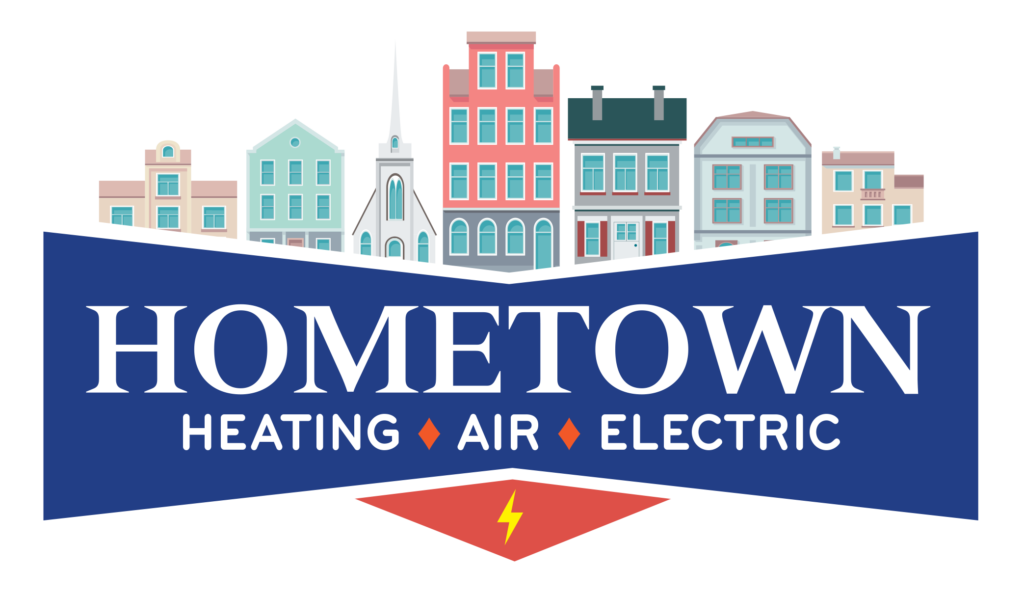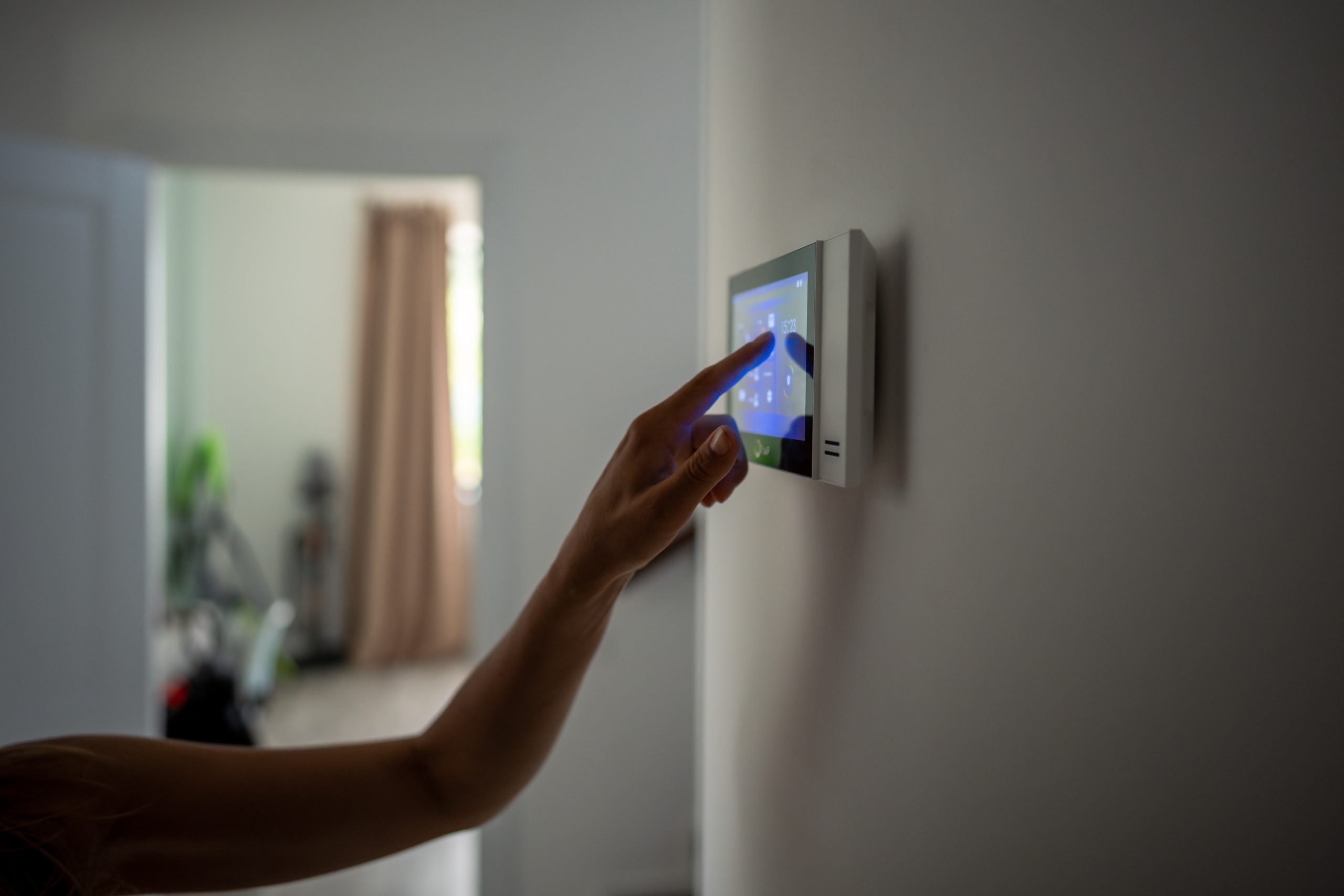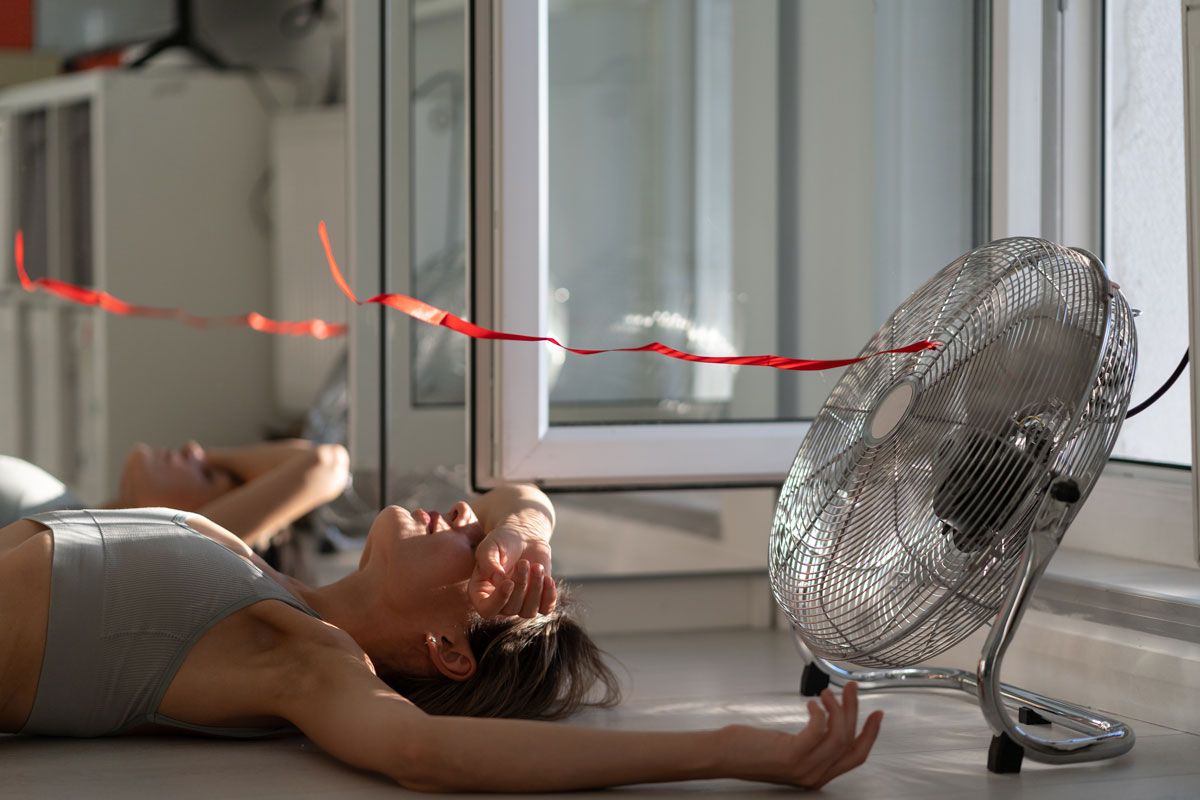There’s a large draw toward heat pumps given their vastly superior efficiency rating. However, they may not be appropriate for every circumstance. Discover the differences between heat pumps and furnaces as you consider what’s best for your home.
Are There Similarities?
Before looking at what makes these systems different, let’s look at how they’re similar. Both still require air to flow through your house and the system. That means both will have air filters that need periodic changing. It also means that both will need routine maintenance to maintain their operational efficiency.
A professional should also size and install both. Getting a unit that’s too large or too small can have detrimental effects on the system, let alone your utility expenses. Further, both are hazardous to install if not done properly.
Furnaces Generate Heat
Furnaces generate heat to keep your house warm. Depending on your particular unit, it either does this with an electric resistance element or by burning a furnace fuel, which is more common. In southeastern Wisconsin, the most common fuel type is natural gas, which is run to individual homes through underground lines. In more rural areas or with older houses, there may be a fuel tank outside the house, which is usually either propane or oil.
Heat Pumps Transfer Heat
Heat pumps act more like an air conditioner in that their job is to transfer heat, not generate it. Just like an AC unit will absorb heat from the air inside of your home in the summer, making it cooler, it absorbs heat from the outside air in the winter.
This may seem a little odd since you probably think the air outside in the winter is cold. However, it’s cold because your skin and body temperature are warm. When the refrigerant in the heat pump system cycles to the coils outside, it expands and becomes very cold. This difference in temperature allows it to absorb heat, even from what you might think is cold.
When the refrigerant moves into the house, the compressor forces more refrigerant into a smaller space. This increases the pressure, which raises the temperature, allowing it to transfer the heat to the air inside of your home.
Since the heat pump isn’t actually producing heat, the air coming from your vents may not feel as warm as that from a furnace. Heat pumps tend to run nearly constantly in cold weather to keep your home comfortable.
Furnaces Are More Efficient in Colder Weather
Heat pumps can only transfer heat as long as the coils remain colder than the air temperature. The closer the air temperature gets to the temperature of the coils, the less efficiently it runs. The particular heat pump you have will determine the operational temperature range, with most models starting to lose efficiency around 40 degrees Fahrenheit and not working below 25 degrees.
This is why it’s recommended to have a secondary heat source for when the temperatures enter dangerously low ranges in Wisconsin. The most common is to have a furnace that will automatically kick in when temperatures drop below an efficient range. This ensures you’re always running the most efficient heating source for your home. Most all-electric models come with an electric resistance element heater. However, you may opt for a dual-fuel model, which has a standard gas or oil furnace as part of the package.
You Can Both Heat and Cool With a Heat Pump
One of the major draws for heat pumps is that they can pull double duty, both heating in the winter and cooling in the summer. These systems come equipped with a reversing valve, which changes the direction the refrigerant flows in the system. Over the summer, the inside part of the system is low pressure. However, it becomes high pressure during the winter.
Changing from heating to cooling mode is as simple as switching the setting on your thermostat. Simply hit a button or flip a switch, and the system knows what needs to change internally. Just be sure to adjust the temperature properly and reset your programs for the change of seasons.
Hometown Heating, Air & Electric has been the service provider of choice for people around Cedarburg since 2016. Our award-winning technicians proudly provide air conditioning and heating maintenance, installation, and repair combined with indoor air quality solutions. Call today to schedule your consultation with one of our expert installers to discuss the right system for your home.


